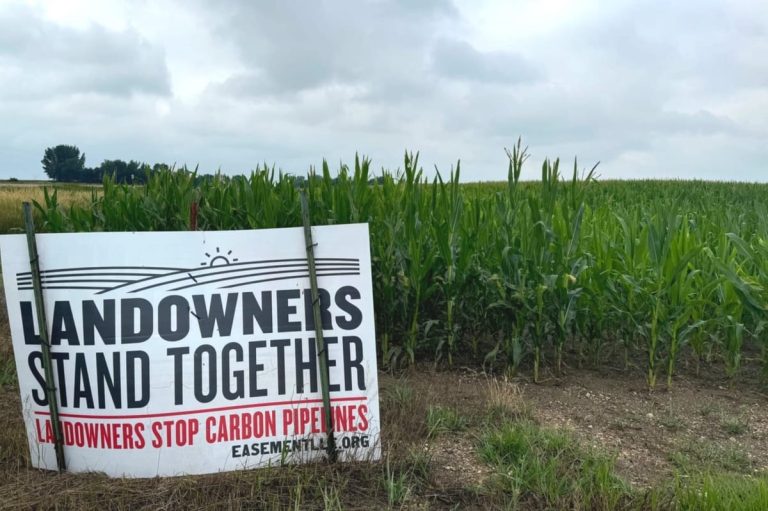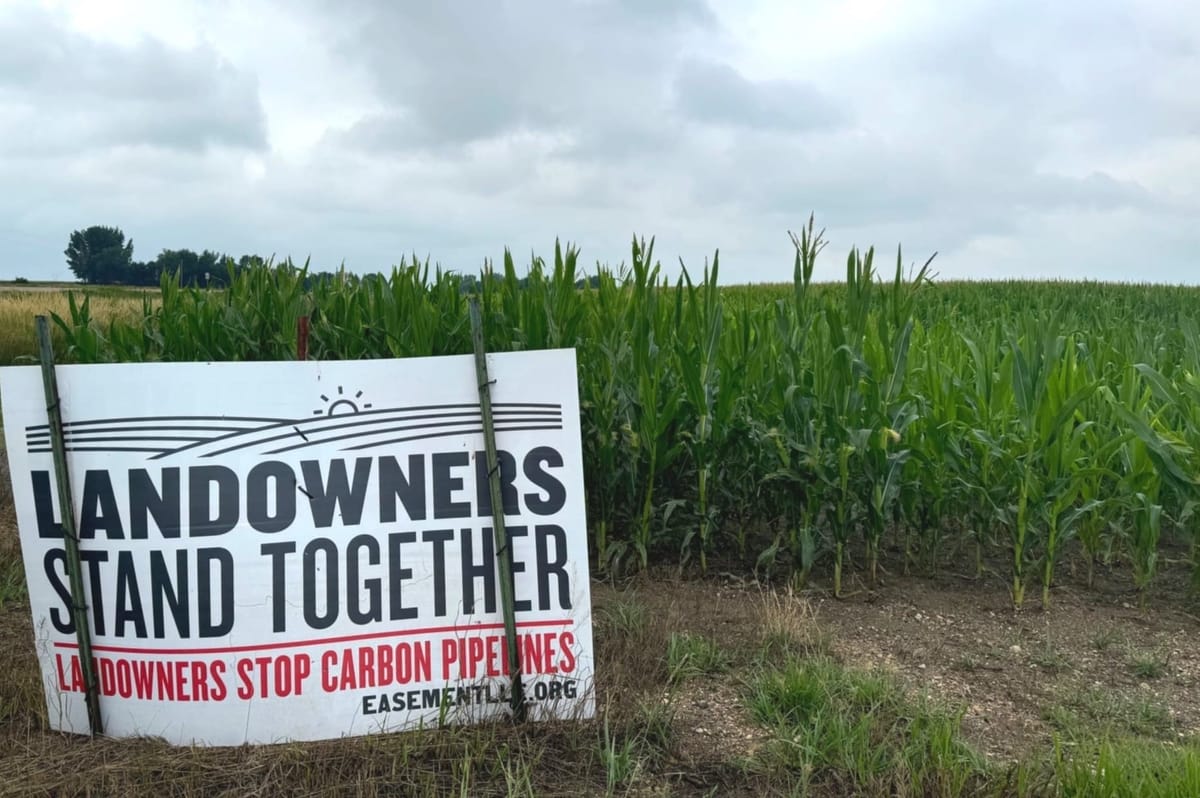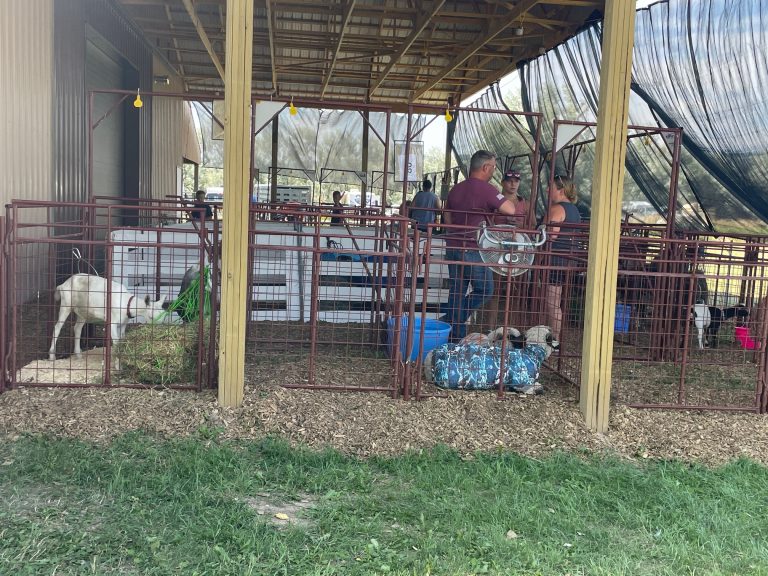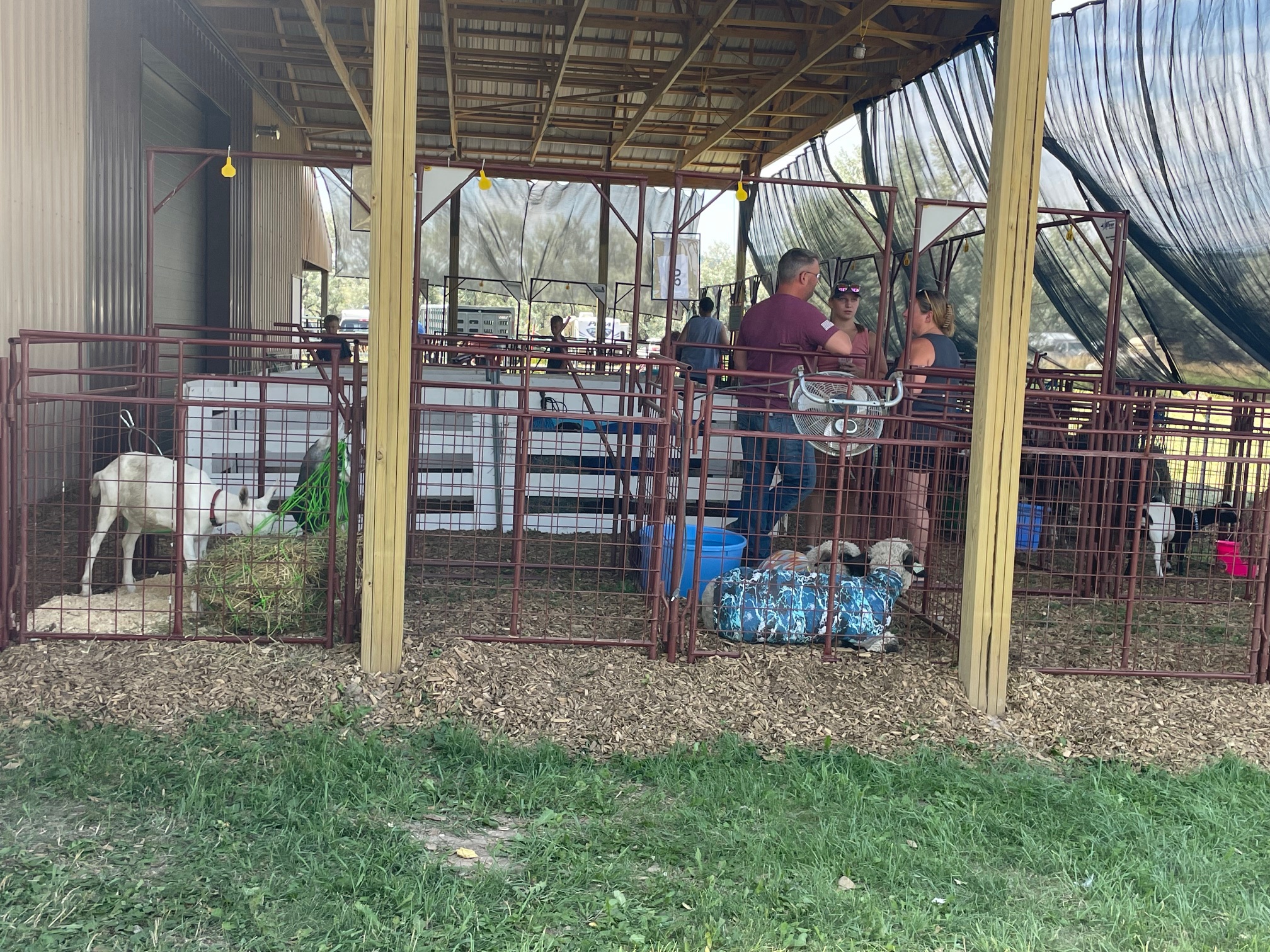WASHINGTON, D.C. — The top 10% of recipients of federal farm payments raked in more than 79% of total subsidies over the last 25 years — producing billions of dollars for a relatively small group of U.S. producers, according to a new analysis of federal data from an advocacy group.
In total, the federal government paid more than $478 billion from 2015 to 2021 in farm support for crop insurance, disasters, conservation payments and subsidies for certain crops like corn and soybeans, according to the analysis of federal data the Environmental Working Group released Wednesday.
The U.S. Agriculture Department programs support hundreds of thousands of producers across the country. But a select group of super collectors is bringing in an outsized portion of farm subsidies.
The top 1% collected 27% of total subsidies between 1995 and 2021, according to the report.
Some of the farm payments are more opaque. The government does not release information on all of the individuals who receive support for crop insurance. And the Trump administration changed how it reported some farm subsidies, so it lists them by banks instead of individuals, making it harder to see who received some of the payments from 2019 to 2021.
More than half of farm subsidies over the last 25 years were commodity payments to crops like corn, soybeans, wheat, cotton and rice, according to the EWG database.
“Based on what we do know, we can still see the most successful farm businesses are still collecting the lion’s share of subsidies … while the vast majority of farmers are getting little or nothing,” said Scott Faber, vice president of government affairs at the Environmental Working Group, an independent nonprofit that conducts extensive research.
The biggest of those were corn subsidies.
Federal spending on crop insurance has grown in recent farm bills, and crop insurance payments now make up a quarter of all subsidy payments.
In Iowa, the family farm that is managed by the son of Republican U.S. Sen. Chuck Grassley, a farm policy leader, received more than $1.4 million from 1995 to 2021, the report shows. The payments included disaster, corn, soybean and oat commodity subsidies.
The payments are listed for Robin Grassley, the family farm manager. Chuck Grassley and Republican Sen. Joni Ernst of Iowa both sit on the Senate Agriculture Committee.
Pat Grassley, a state representative in Iowa and the senator’s grandson, collected $55,500 in federal payments since 2005. Most of those were relatively small commodity payments from $700 to $2,000 a year — with the exception of 2020, when he received $20,000.
The database compiles data collected from federal reporting and Freedom of Information Act requests.
Harvesting federal support
The distribution of farm subsidies does not necessarily follow the amount of agricultural production in a state.
For instance, California is the most agriculture-producing state, according to the USDA, but is 11th on the list for subsidy payments.
North Carolina is in the top 10 for agriculture production but ranks 20th for farm subsidy receipts. Instead, more money goes to Texas, Iowa and Illinois, where large farms grow subsidized commodity crops, like corn and soybeans.
The top 15 states with the most total farm subsidies distributed from 1995 to 2021, ranked by payments, were:
- Texas ($44.5 billion)
- Iowa ($39. 6 billion)
- Illinois ($32.7 billion)
- Minnesota ($28.1 billion)
- Kansas ($27.7 billion)
- Nebraska ($27 billion)
- North Dakota ($26.6 billion)
- South Dakota ($21 billion)
- Missouri ($17.4 billion)
- Indiana ($16.5 billion)
- California ($16.3 billion)
- Arkansas ($15.9 billion)
- Ohio ($12.8 billion)
- Wisconsin ($11.7 billion)
- Oklahoma ($11.5 billion).
Pennsylvania, a major agricultural state, is 29th on the list with $3.4 billion from 1995-2021. The biggest subsidy programs in the state are for dairy farmers.
But 80% of Pennsylvania’s producers do not receive federal farm subsidies, according to the report.
Producers in House Agriculture Committee Chairman Glenn Thompson’s congressional district in Pennsylvania received nearly $35 million in commodity payment support from 1995 to 2021, according to the database. The largest of those went to Long Acres Potato Farms in Tionesta, which collected more than $1.5 million over that time period.
Farm bill debate launches
The report comes as Congress kicks off its rewrite of the sweeping federal farm bill, which will set both policy and funding levels for farm, food and conservation programs for the next five years. The Senate Agriculture Committee held its first farm bill hearing of the year Wednesday. The current farm bill expires at the end of September.
Originally a product of the New Deal, the first farm bill in 1933 focused on commodity price support to provide relief for farmers and ensure a steady domestic food supply for Americans during the Great Depression.
Since then, lawmakers have passed 18 farm bills and greatly expanded the reach of the legislation.
For example, Congress added a conservation section to the farm bill in 1985 with payments for farmers who conserve soil, idle land for wildlife habitat or employ certain conservation practices.
But the biggest spending in recent farm bills is not on farms at all but in the nutrition title, which includes the Supplemental Nutrition Assistance Program, or SNAP, formerly known as food stamps.
The politically fraught process of authoring a new farm bill faces extra challenges this year from a divided Congress, a looming debate over the federal debt ceiling and the potential for extended amendments in the House.
The leaders of the House and Senate Agriculture committees, Thompson and Democratic Sen. Debbie Stabenow of Michigan, have each said they will aim to finish a new farm bill on time but acknowledged it will be a challenge this year.
“We know because of the timeline and all of the complexity of everything going on and the challenges in the House that it may take a little bit longer, but we’re committed to getting it done,” Stabenow said in a January interview on the web broadcast Agri-Pulse newsmakers.
Crop subsidies could face attacks
Crop subsidies come under fire in every farm bill debate — both from environmental groups that would like to see the money invested elsewhere and budget hawks who want to trim federal spending.
The Republican Study Committee, whose members make up 80% of all Republican members of Congress, proposed drastic cuts for the farm bill and limits on some farm subsidies in the draft budget it released last summer as a “Blueprint to Save America.”
But Agriculture Committee leaders have not indicated they intend to undertake any massive overhaul in this farm bill.
Thompson has said he does not want to dismantle farm supports, which he and other farm state lawmakers see as a safety net critical for producers and rural communities.
Democrats on his committee have not shown enthusiasm for an overhaul of farm subsidies, either.
In a recent list of farm bill priorities, Georgia Rep. David Scott, the top Democrat on the House Agriculture Committee, did not include changes for farm subsidies other than extending programs for livestock producers and small farmers.
Georgia Republican Rep. Austin Scott, who will chair the subcommittee that oversees farm commodities, said at a farm bill listening session last month that he wants to look at the reference prices that trigger payments for row crops but has not expressed interest in a massive subsidy overhaul.












